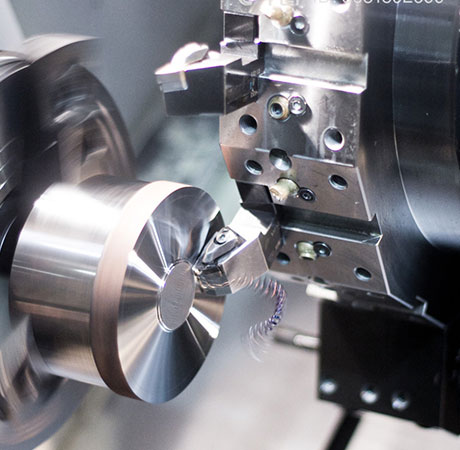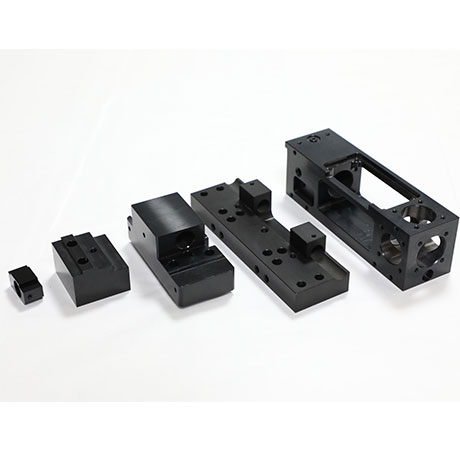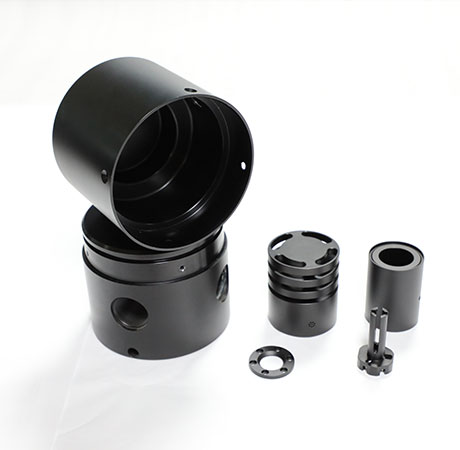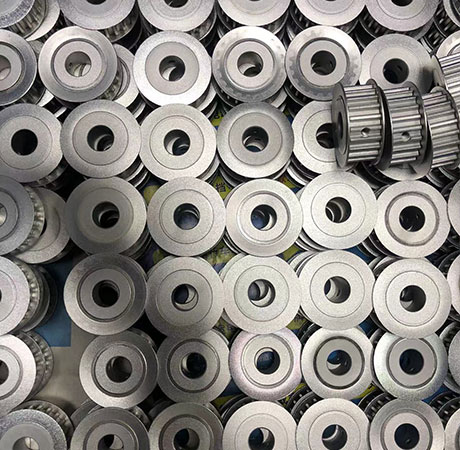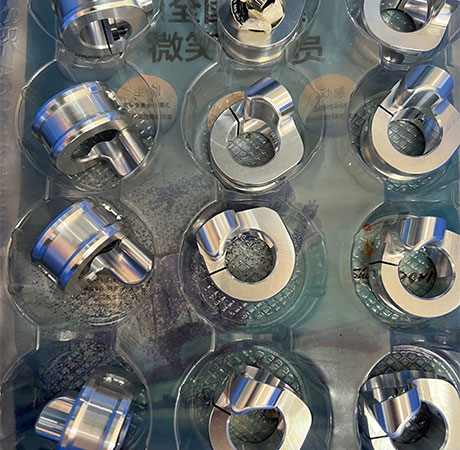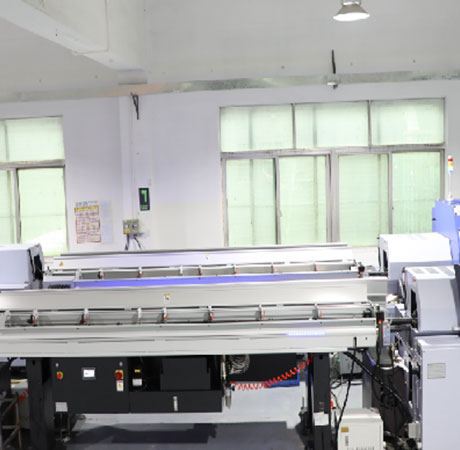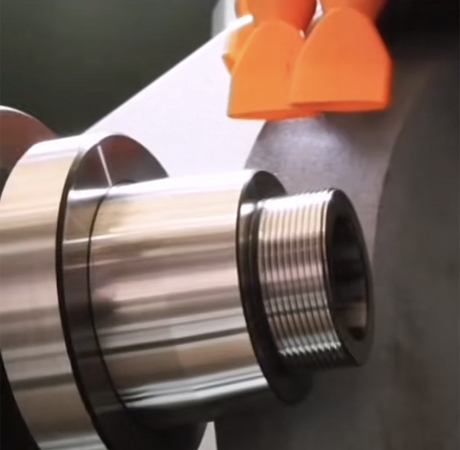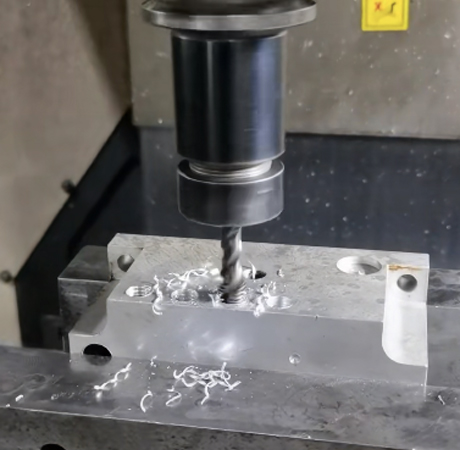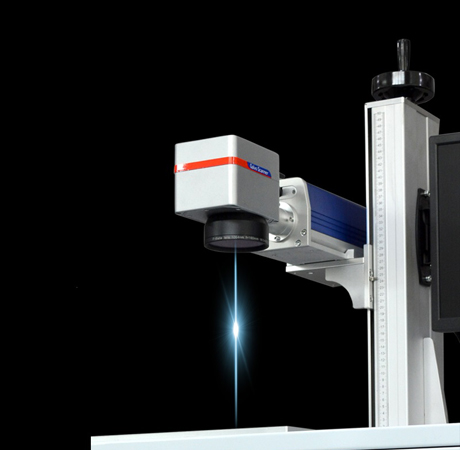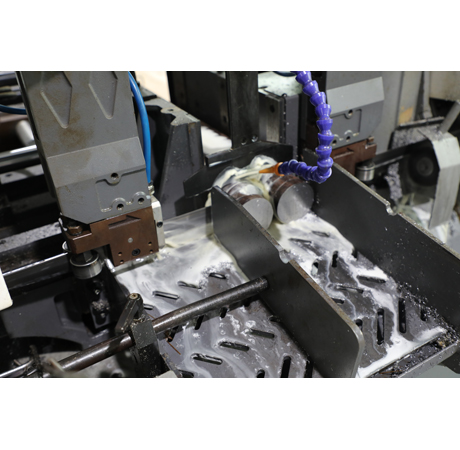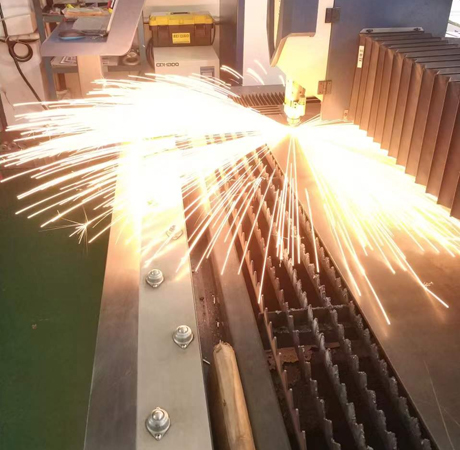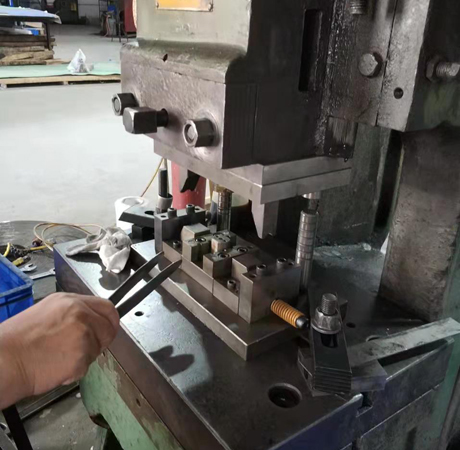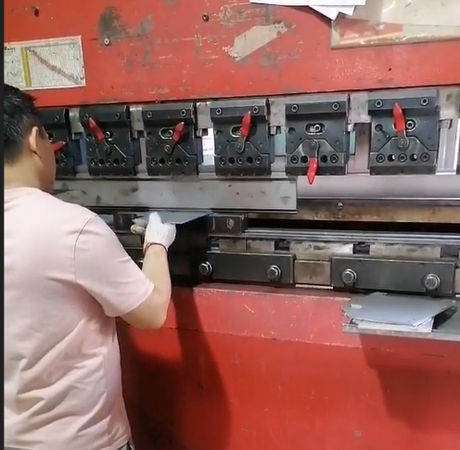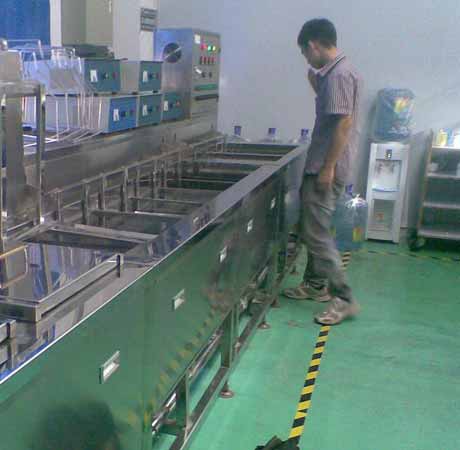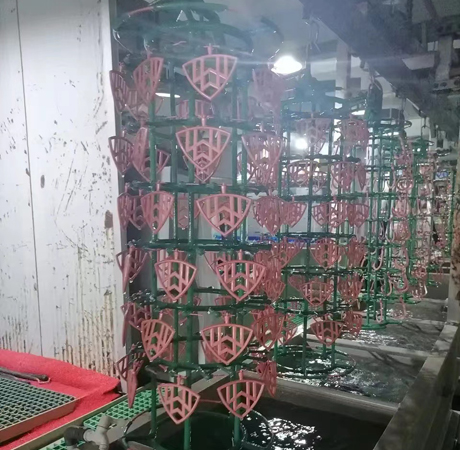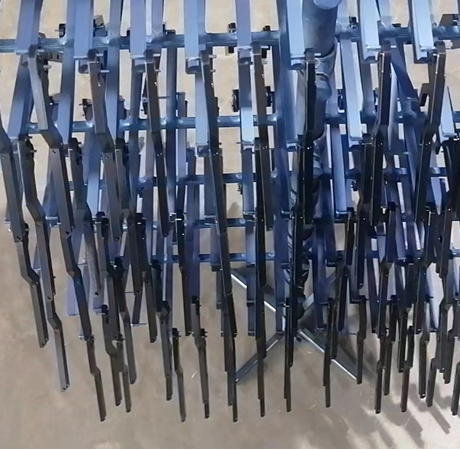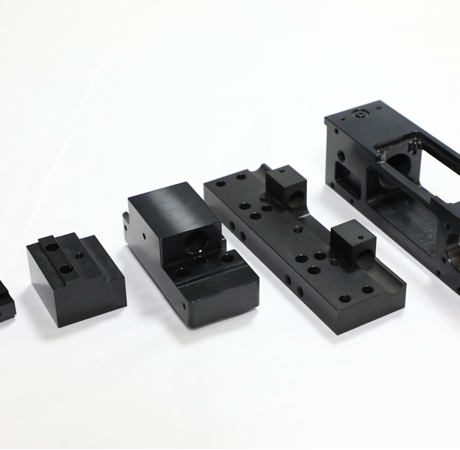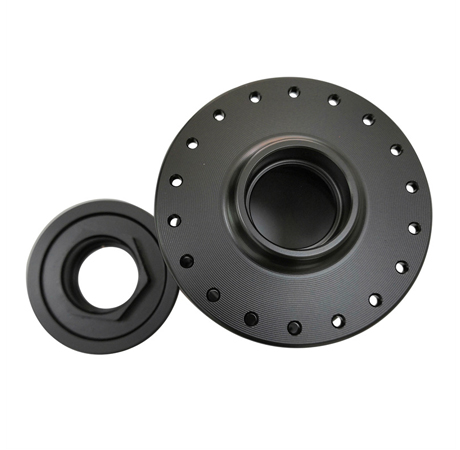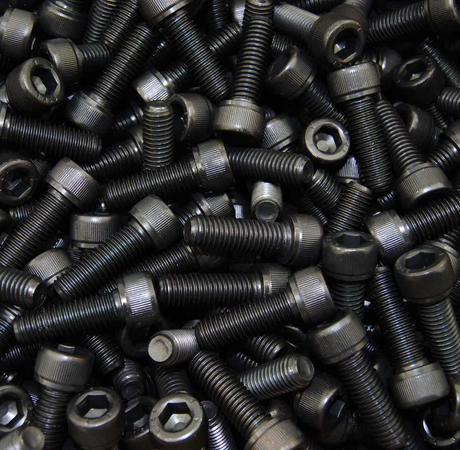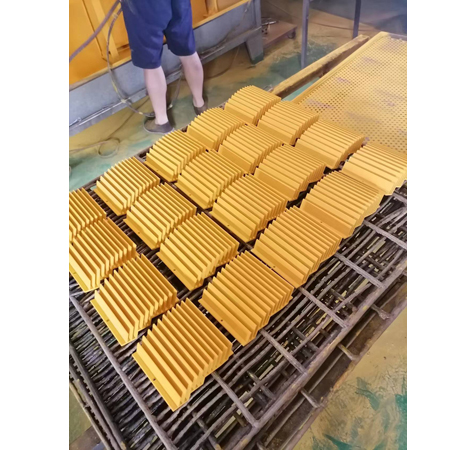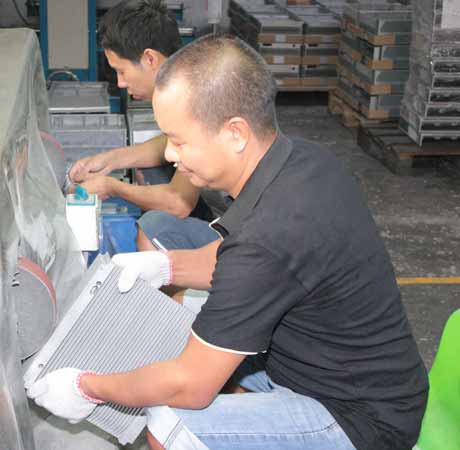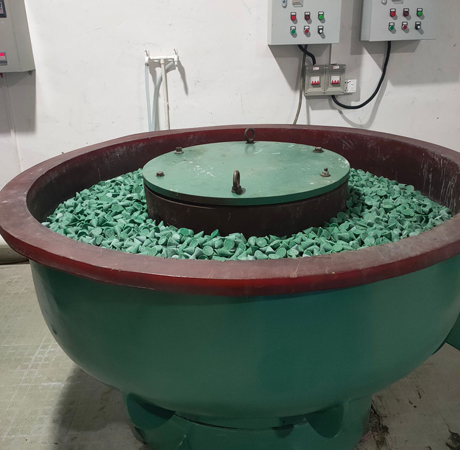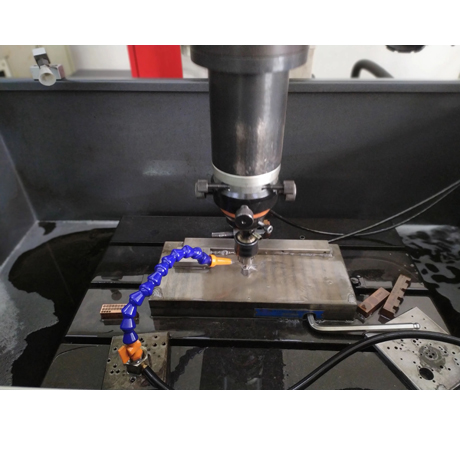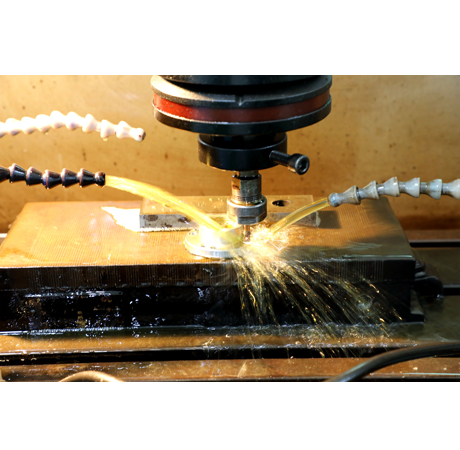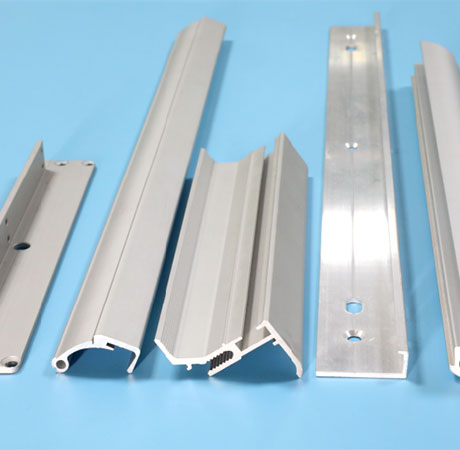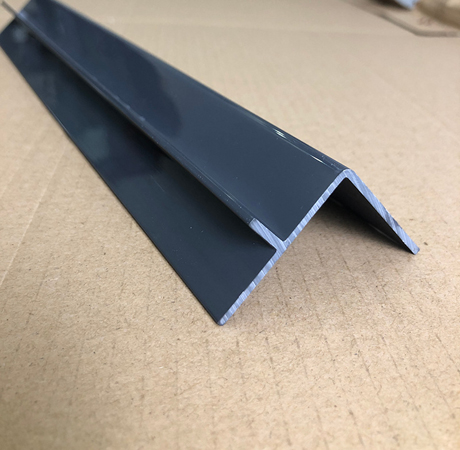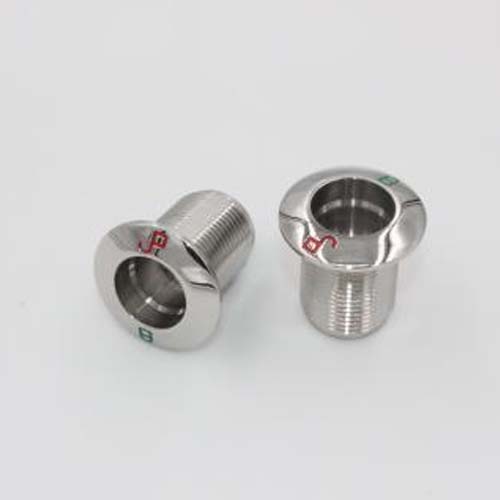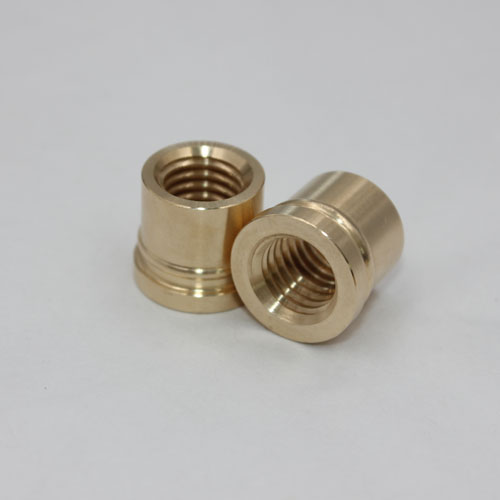In the world of electronics, maintaining optimal operating temperatures is a constant challenge. Overheating can lead to reduced performance, shortened component lifespan, and, in extreme cases, catastrophic failure. This is where heat sink aluminium extrusion comes into play. In this blog, we will explore how heat sink aluminium extrusion enhances thermal management in electronics, ensuring efficient cooling and improved device reliability.
The Role of Thermal Management in Electronics
Thermal management is a critical aspect of electronics design and engineering. As electronic devices become more compact and powerful, the generation of heat within these devices increases. Efficient thermal management is essential to dissipate this heat and maintain the proper operating temperature for optimal performance and longevity.
How Heat Sink Aluminium Extrusion Works
Heat sink aluminium extrusion is a specialized manufacturing process that produces heat sinks, which are passive thermal management devices. These heat sinks are designed with a series of fins and channels that provide a larger surface area for heat dissipation. The heat generated by electronic components is conducted through the heat sink's base and then radiated away from the fins, where it is dispersed into the surrounding environment.
The choice of aluminum as the material for heat sink extrusion is ideal due to its excellent thermal conductivity, lightweight properties, and corrosion resistance. These qualities make it a top choice for efficiently conducting and dissipating heat.
Benefits of Heat Sink Aluminium Extrusion in Electronics
a. Improved Cooling Efficiency: Heat sink aluminium extrusion significantly improves cooling efficiency within electronic devices. The extended surface area created by the extruded fins allows for more effective heat dissipation, preventing overheating and ensuring optimal performance.
b. Compact and Lightweight Design: Aluminum extrusion allows for the creation of thin and lightweight heat sinks. This is crucial for modern electronics where space constraints are common. The compact design ensures that the heat sink can be integrated into various electronic devices without taking up excessive space.
c. Customization for Specific Applications: Heat sink aluminium extrusion can be tailored to meet the specific requirements of different electronic applications. Whether it's for LEDs, CPUs, power amplifiers, or any other component, heat sink designs can be customized to maximize performance.
d. Cost-Effective Solution: The extrusion process is a cost-effective method for producing heat sinks. It allows for mass production with minimal material waste, making it an economically viable choice for manufacturers.
Applications Across Industries
Heat sink aluminium extrusion finds applications across a wide range of industries, from consumer electronics to industrial machinery. It is used in laptops, gaming consoles, LED lighting, power electronics, telecommunications, and more. Its versatility and efficiency make it a key component in keeping electronic devices running reliably and efficiently.
In conclusion, heat sink aluminium extrusion is a vital technology that plays a crucial role in enhancing thermal management in electronics. Its ability to efficiently dissipate heat, compact design, customization options, and cost-effectiveness make it an essential component for manufacturers looking to ensure optimal performance and reliability in their electronic devices. As the electronics industry continues to evolve, so does the importance of effective thermal management, making heat sink aluminium extrusion an invaluable asset for engineers and designers alike.

